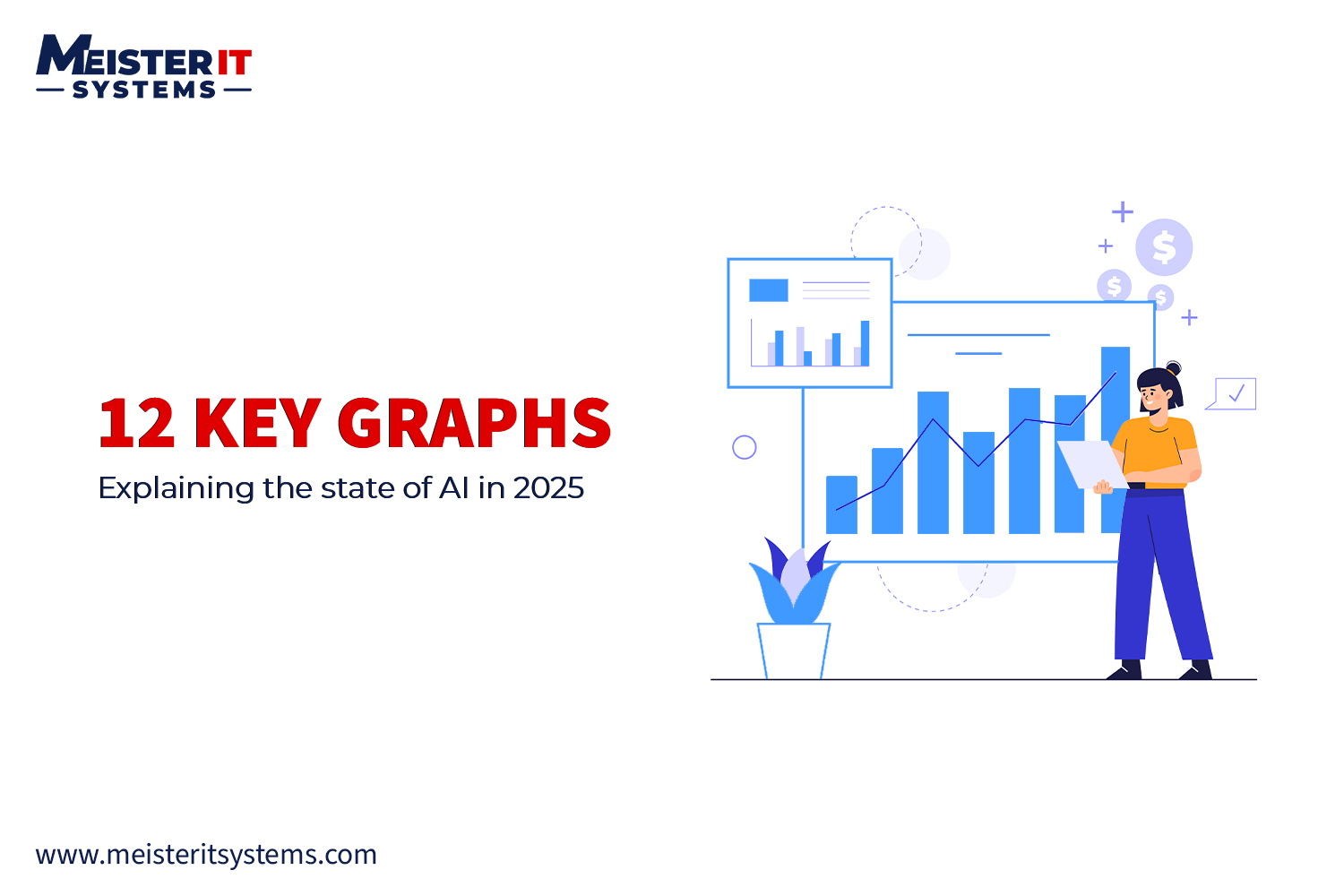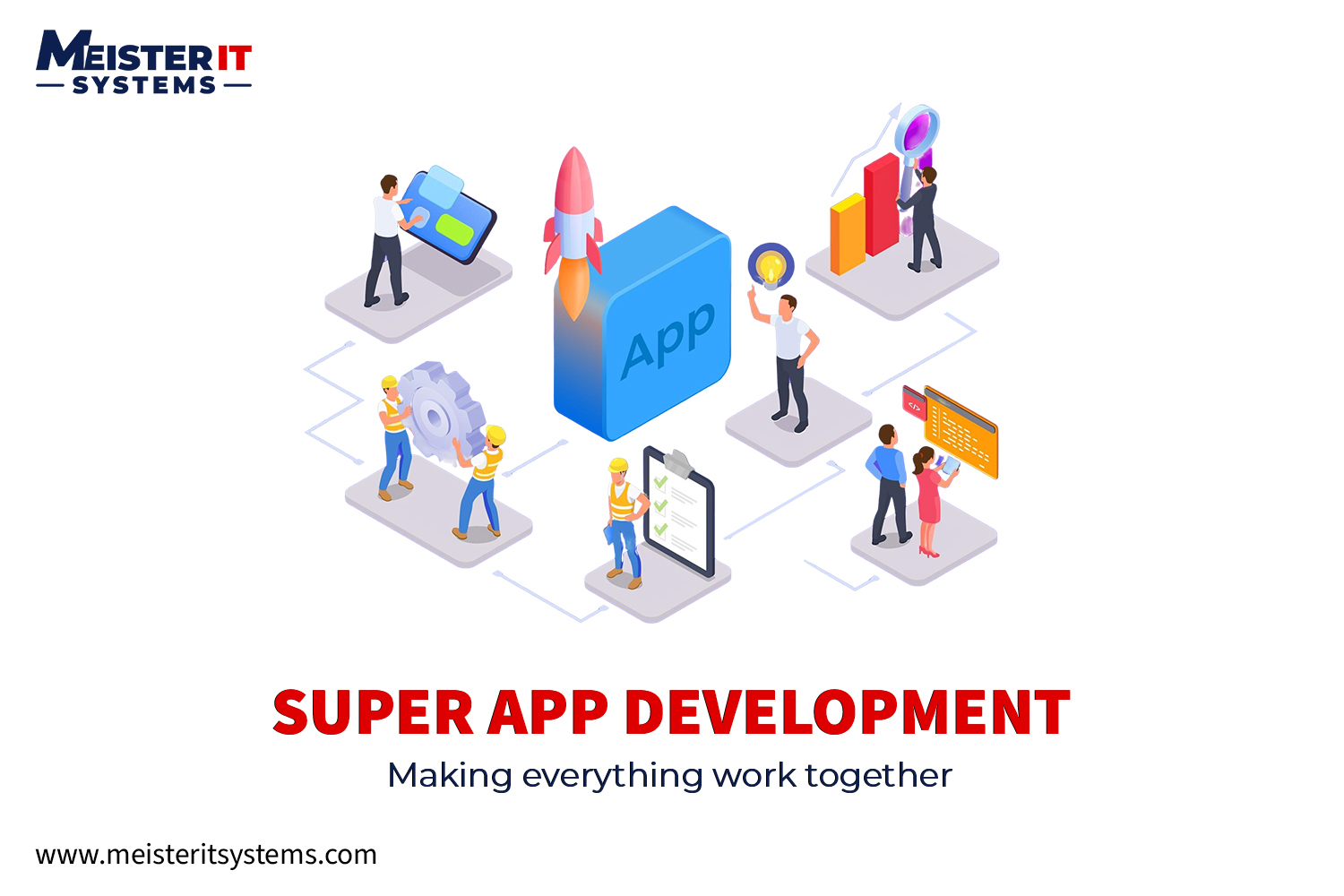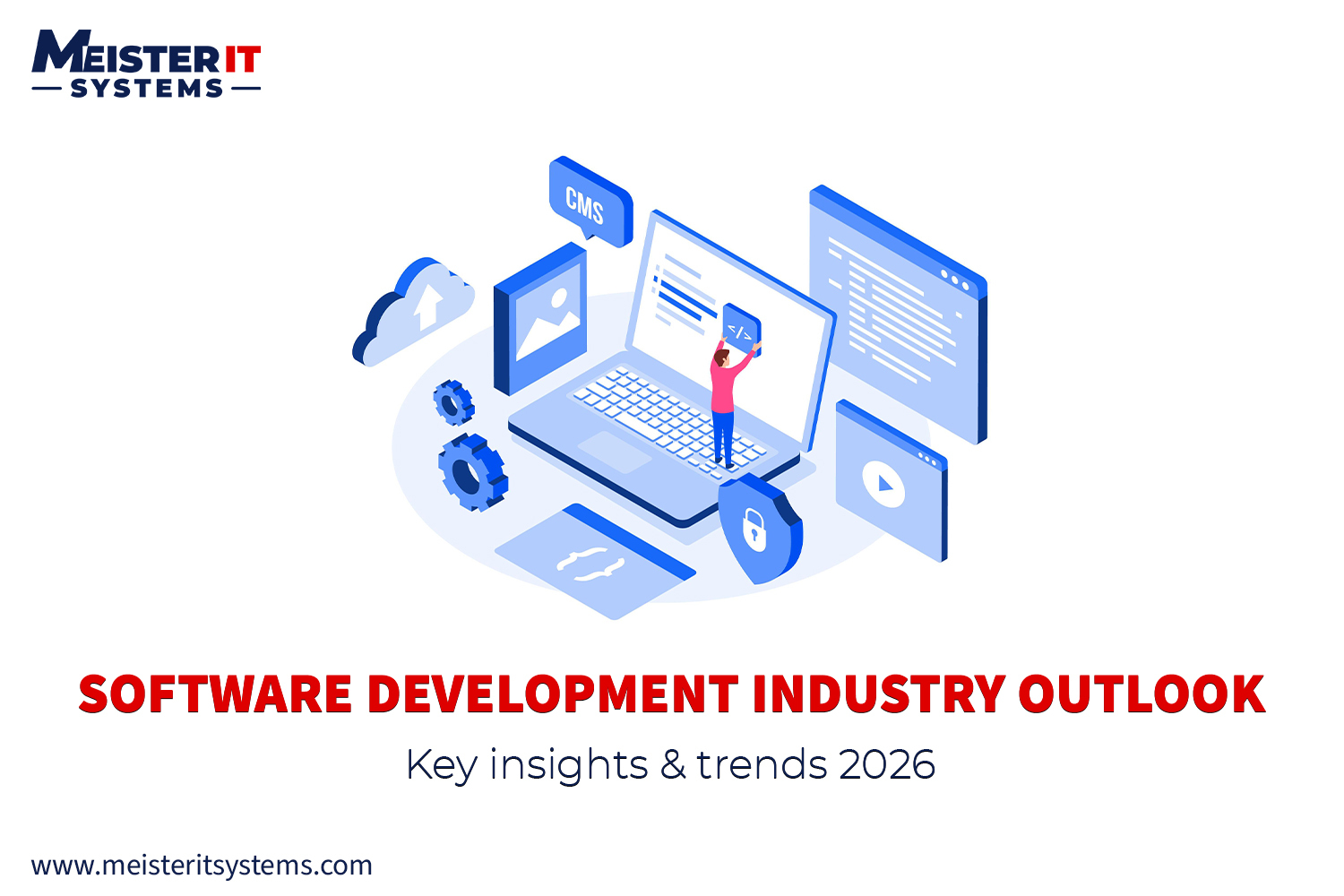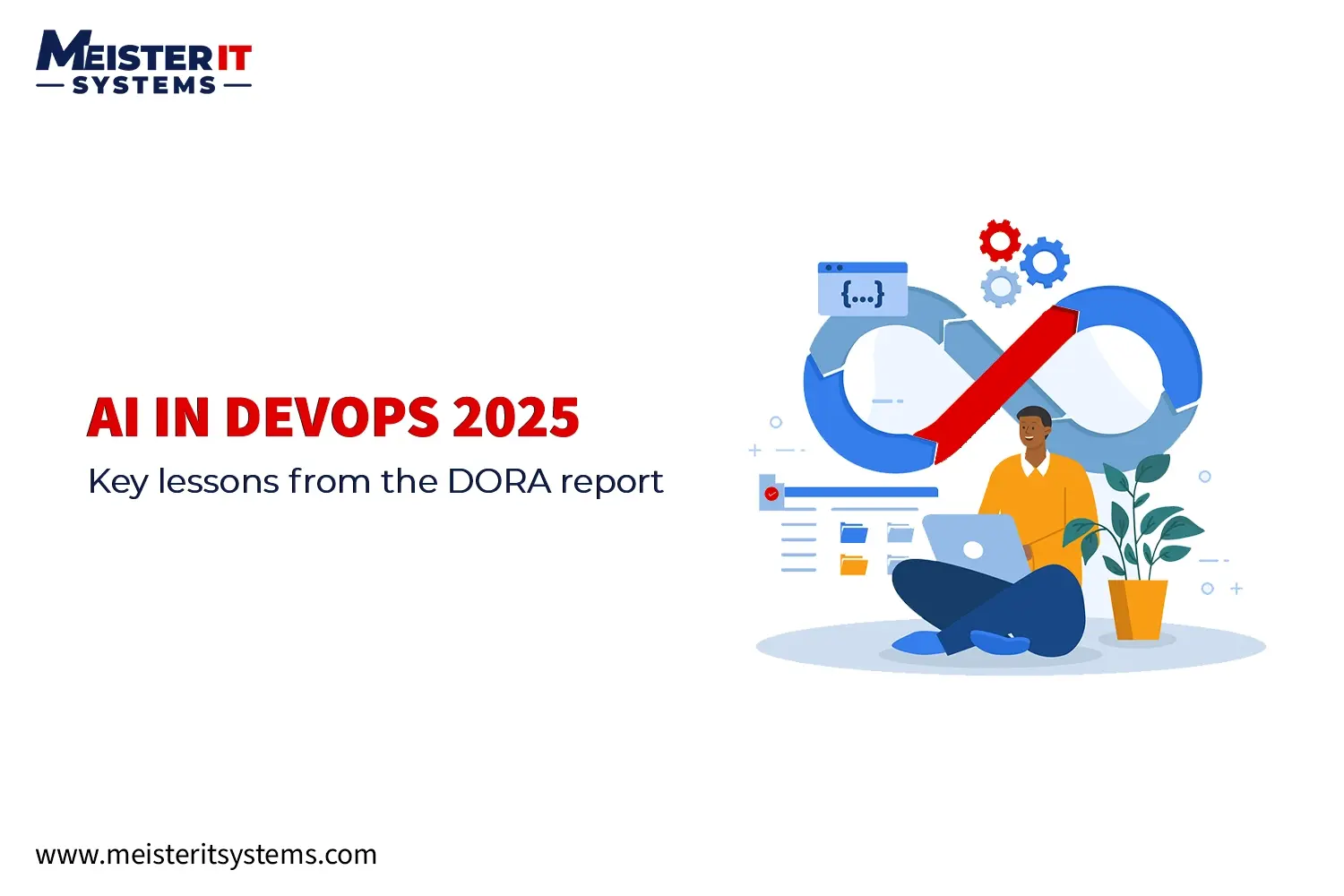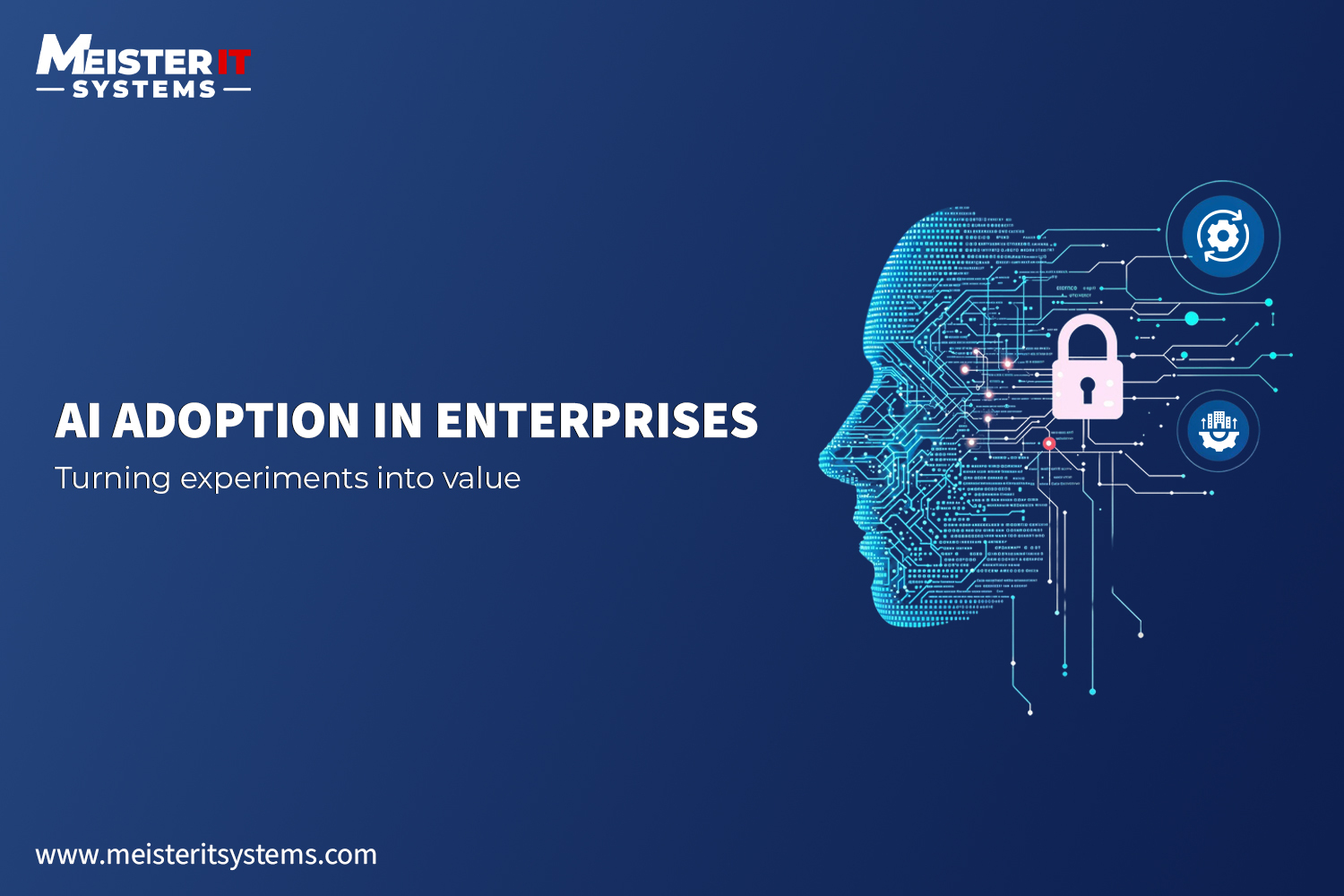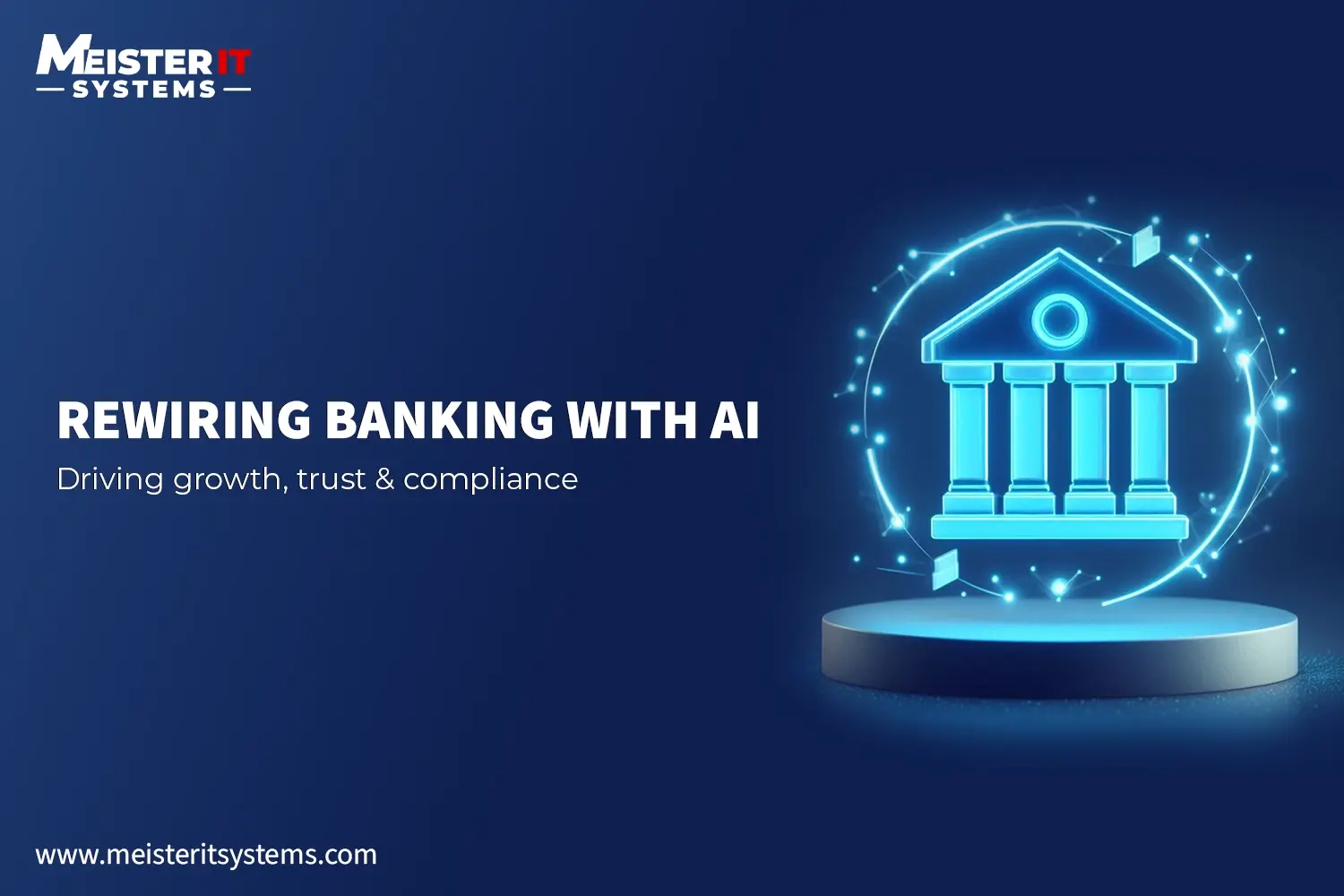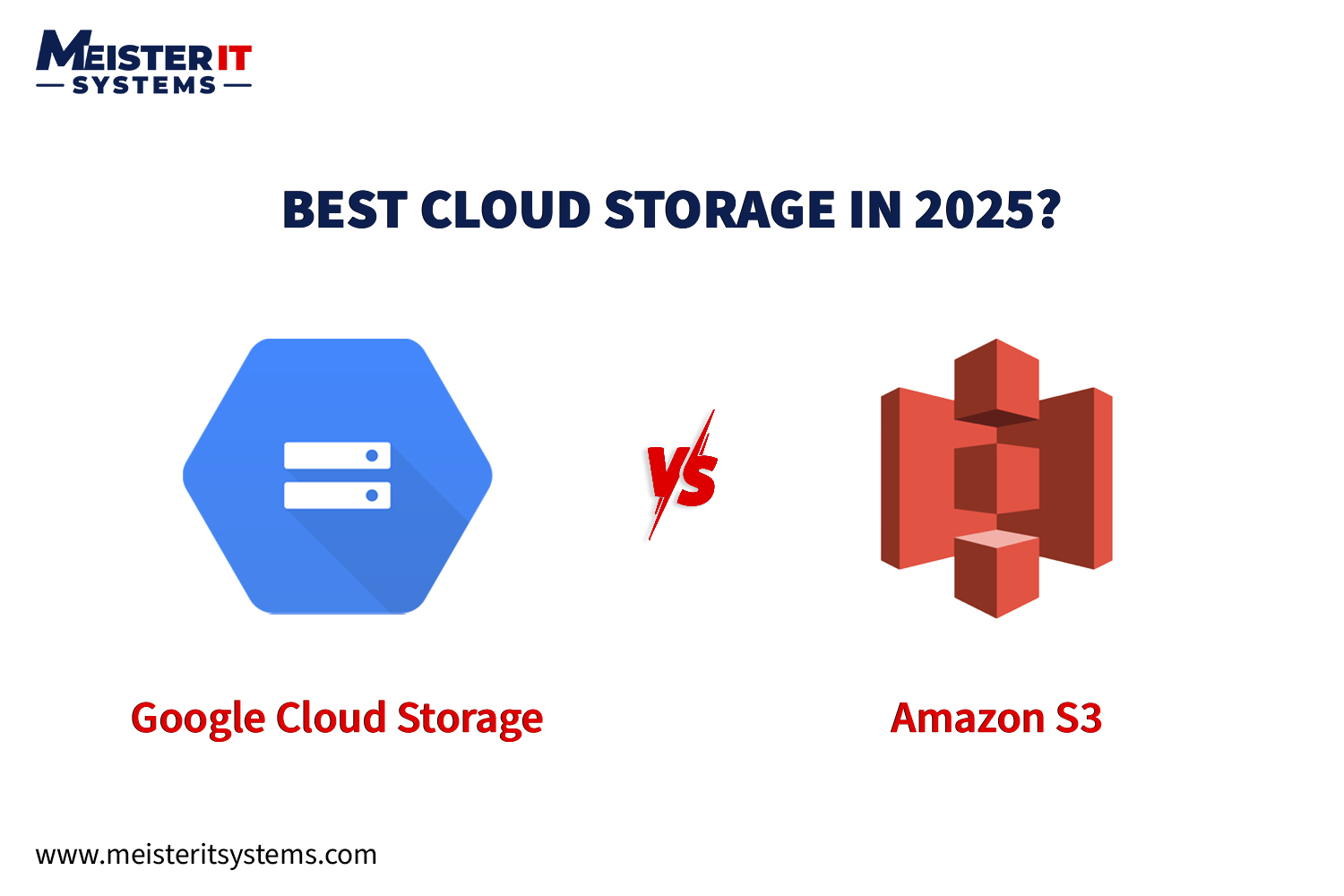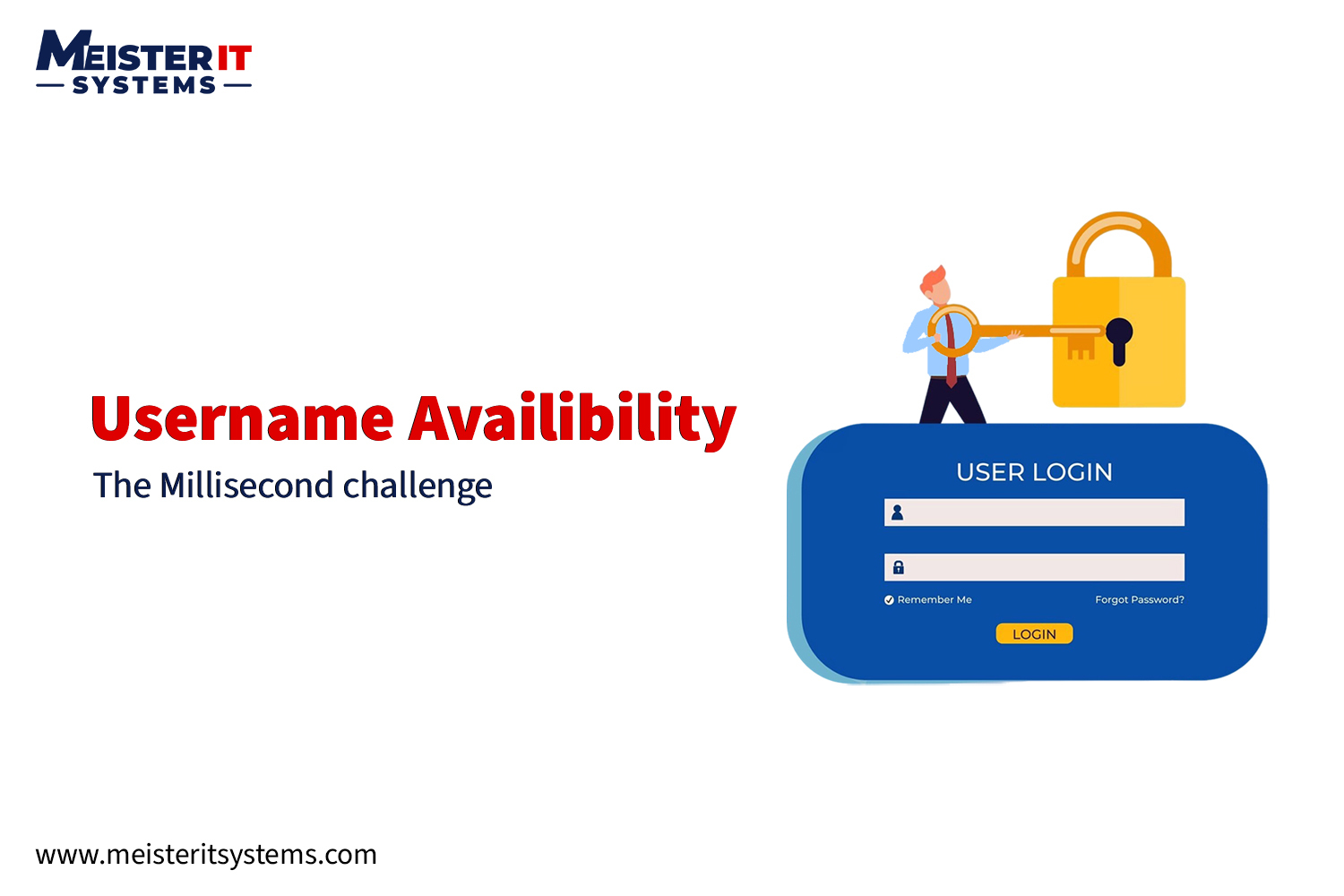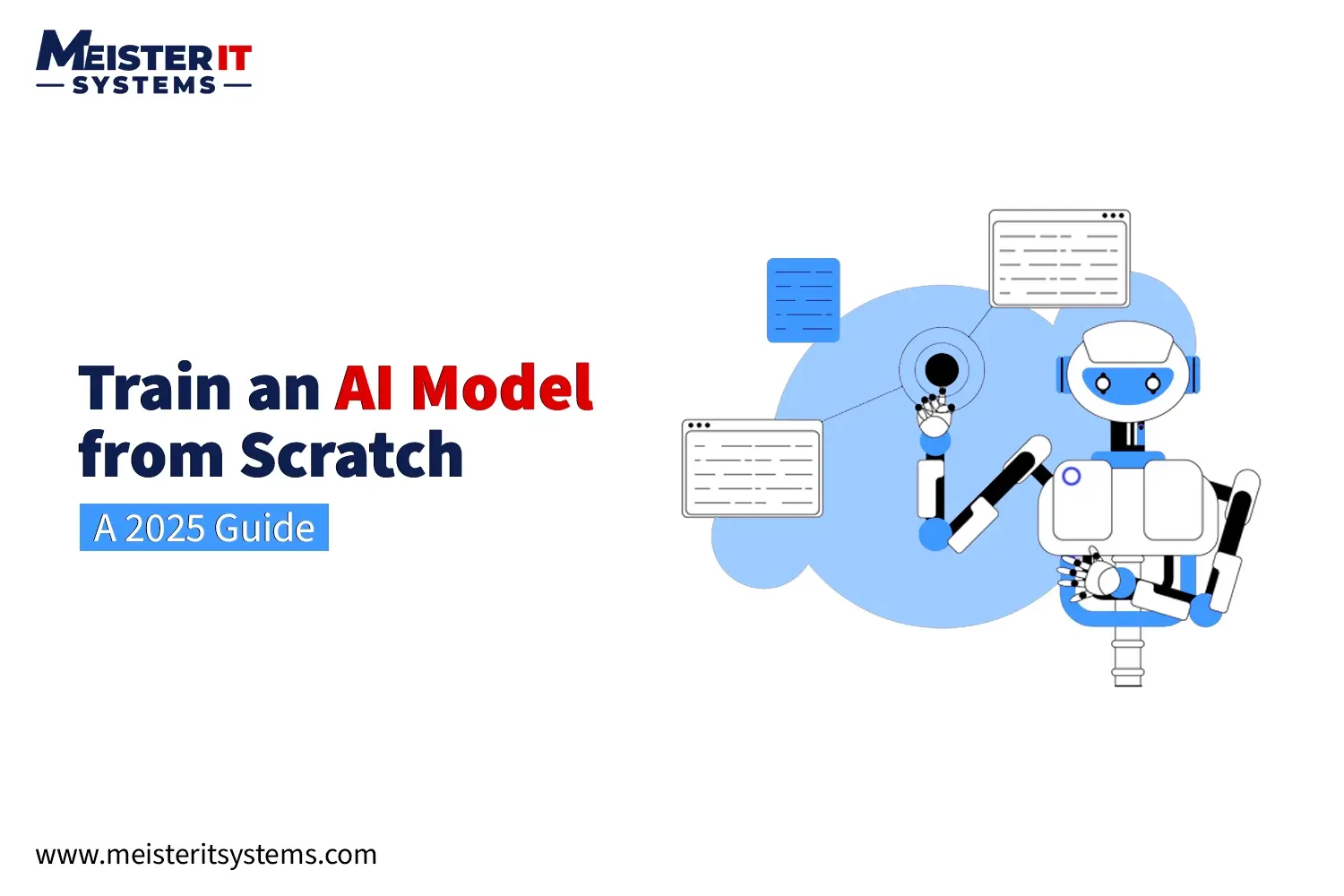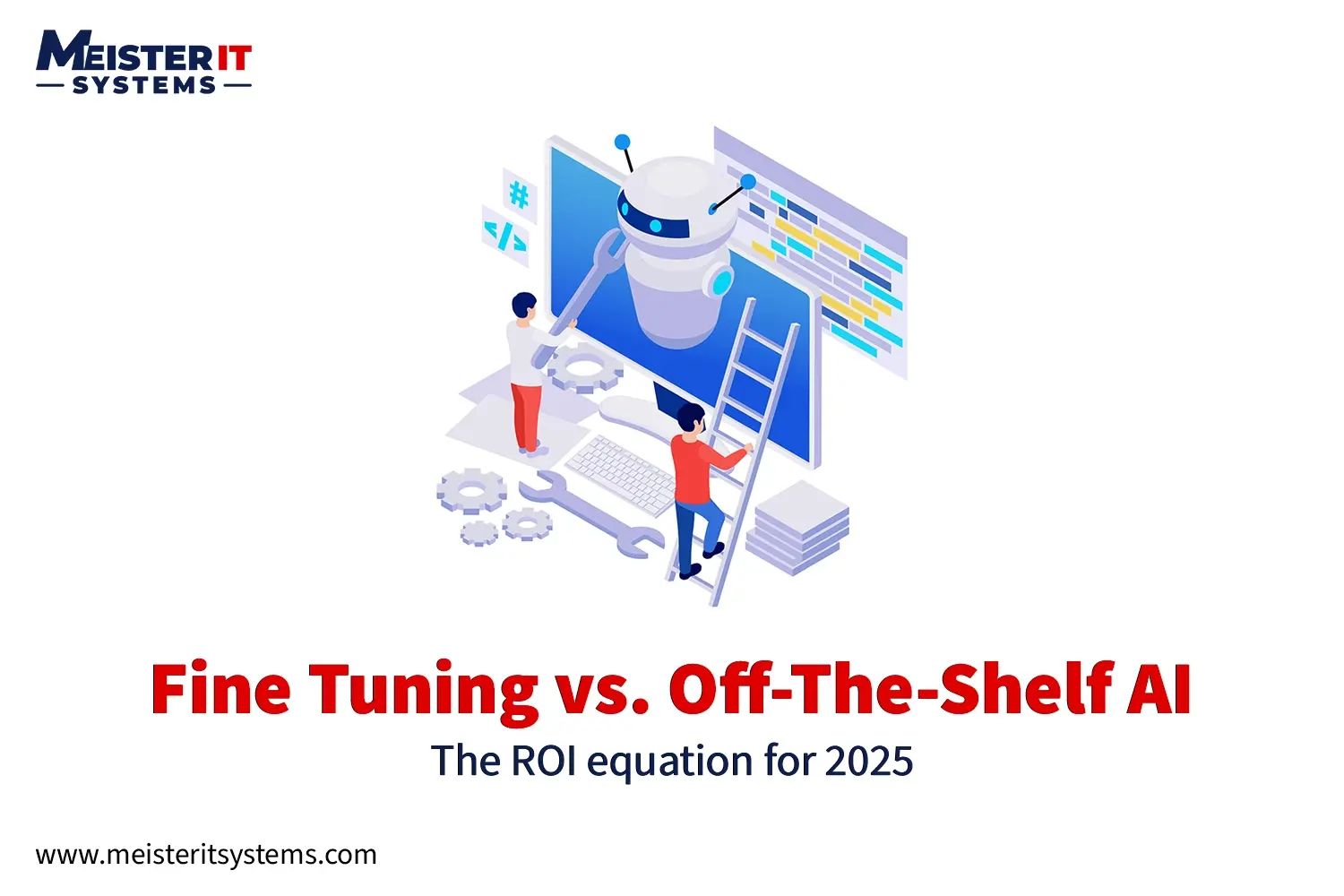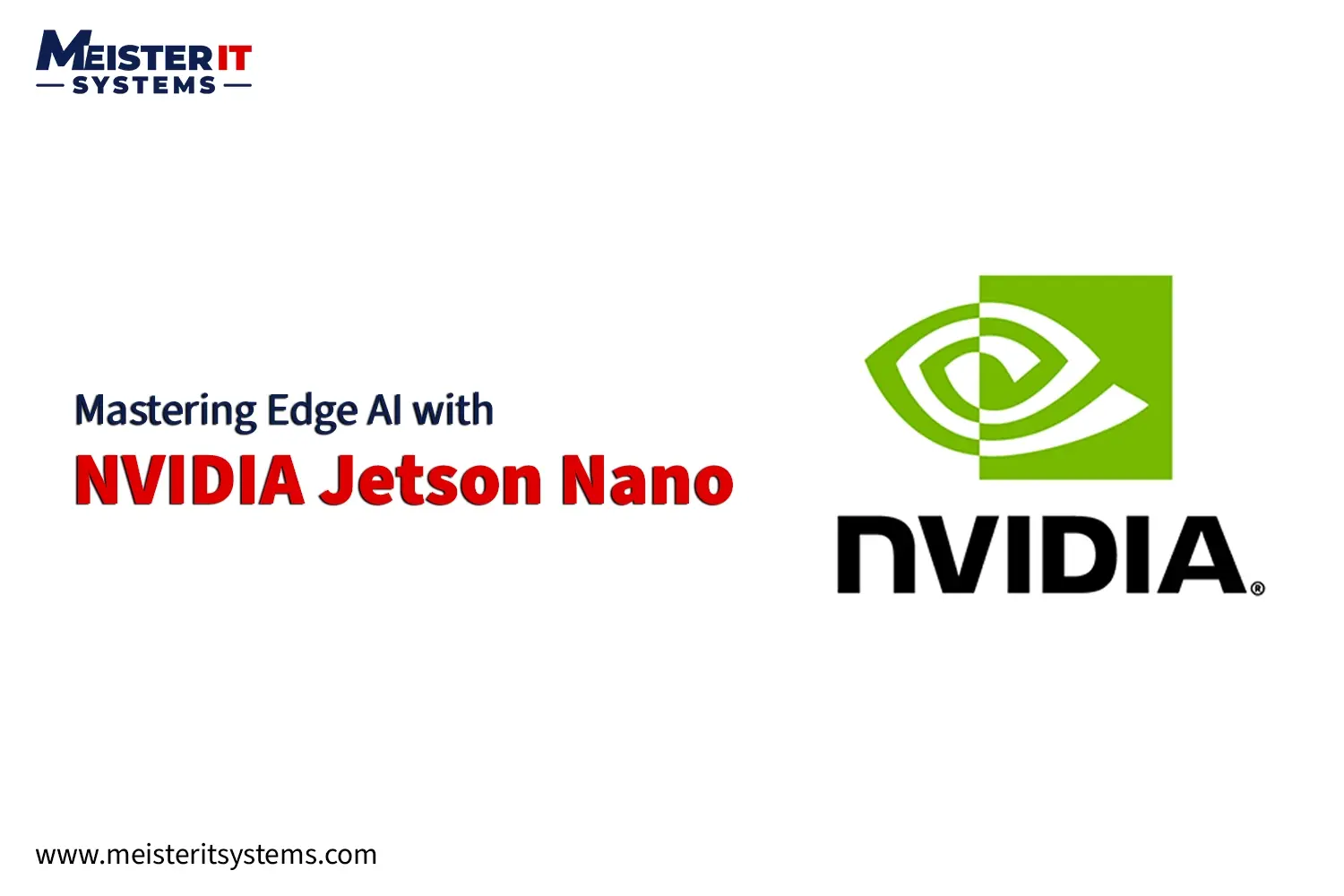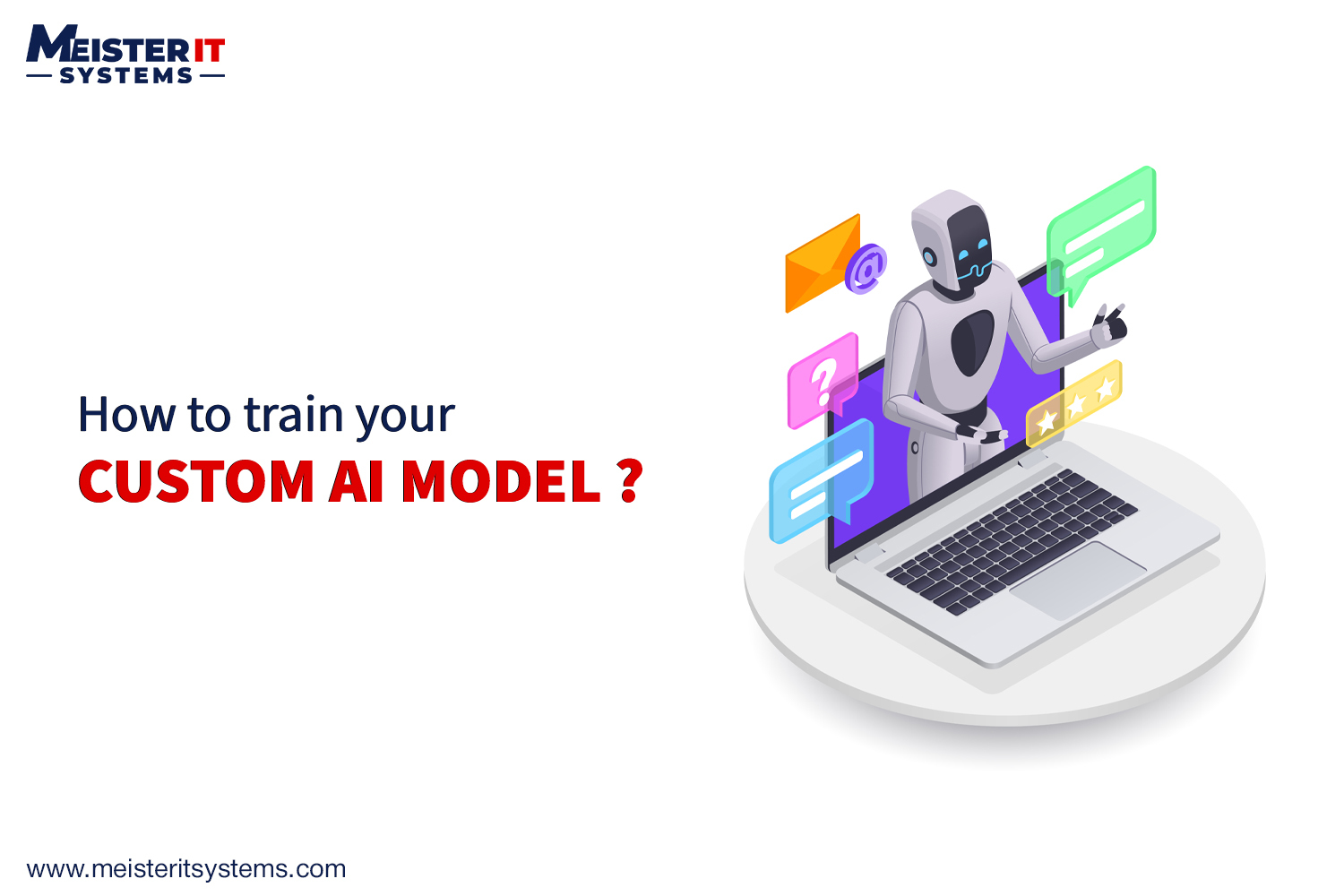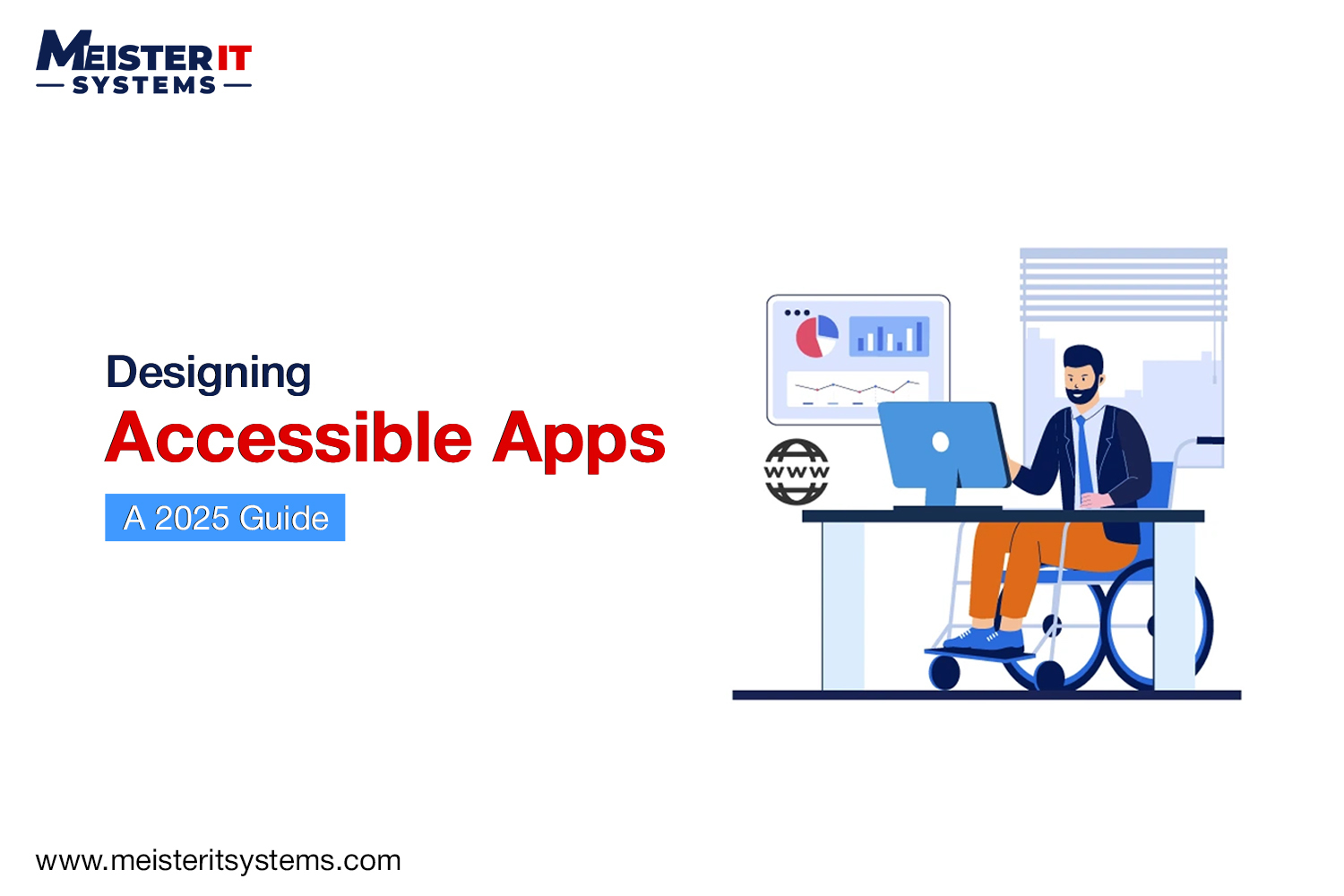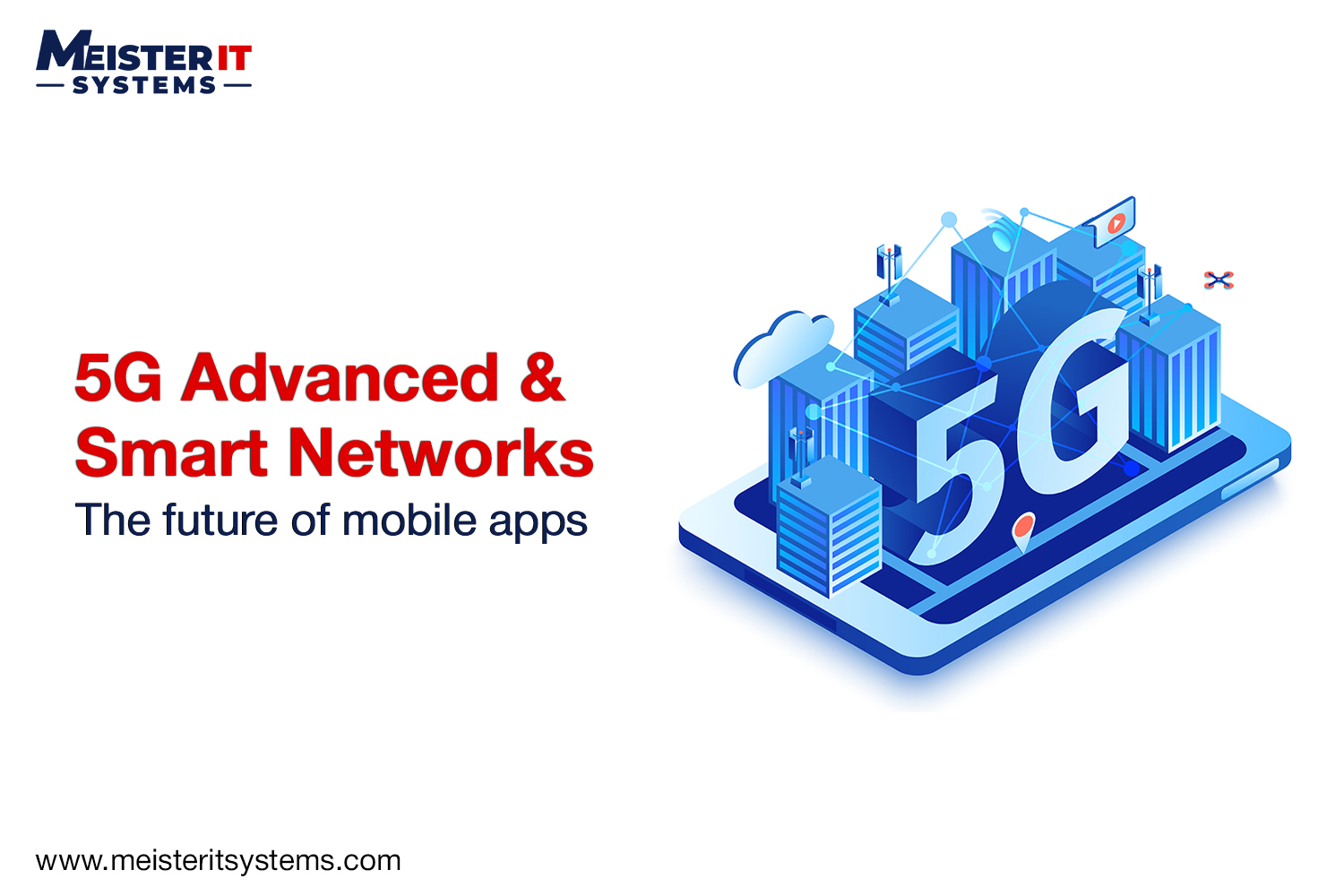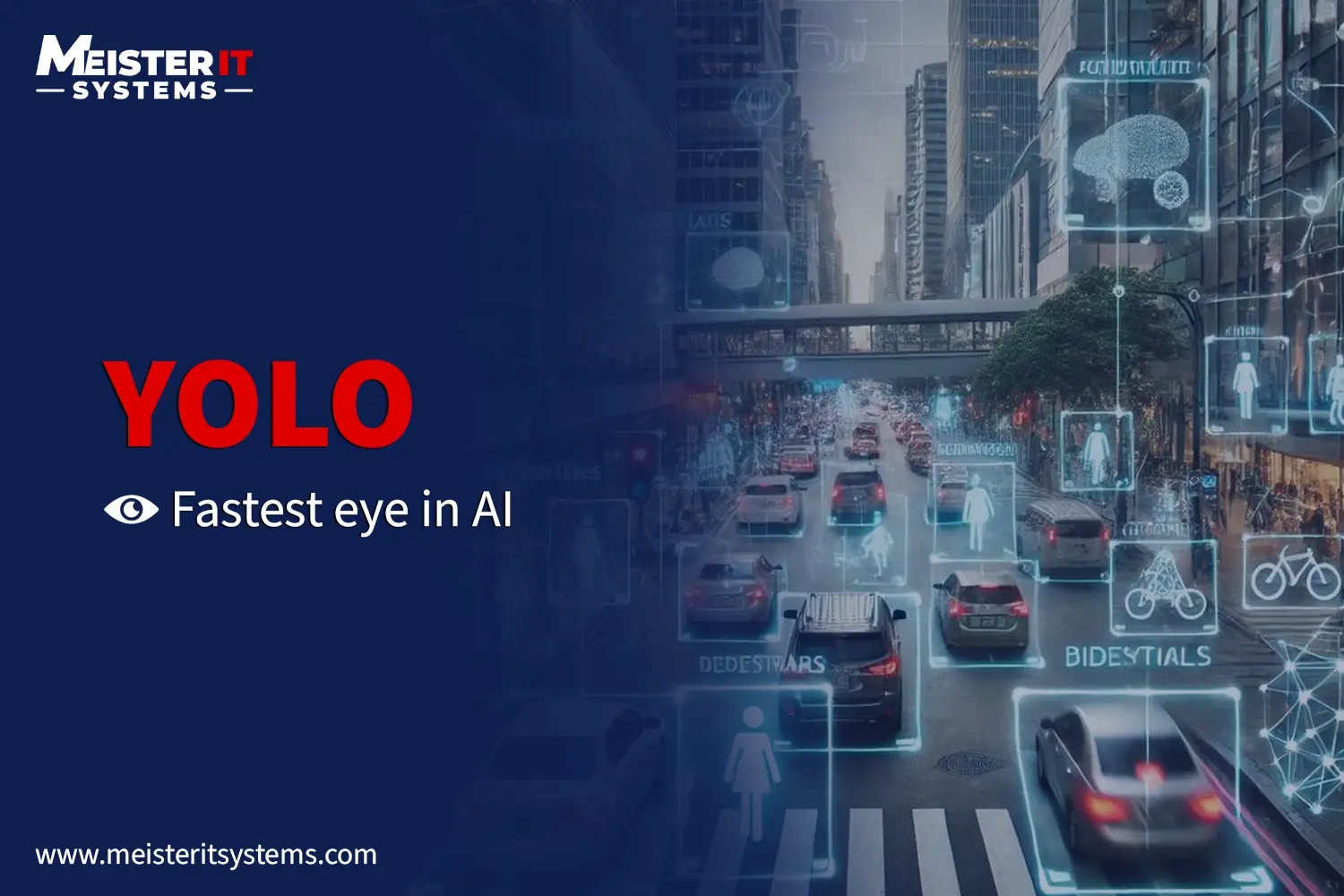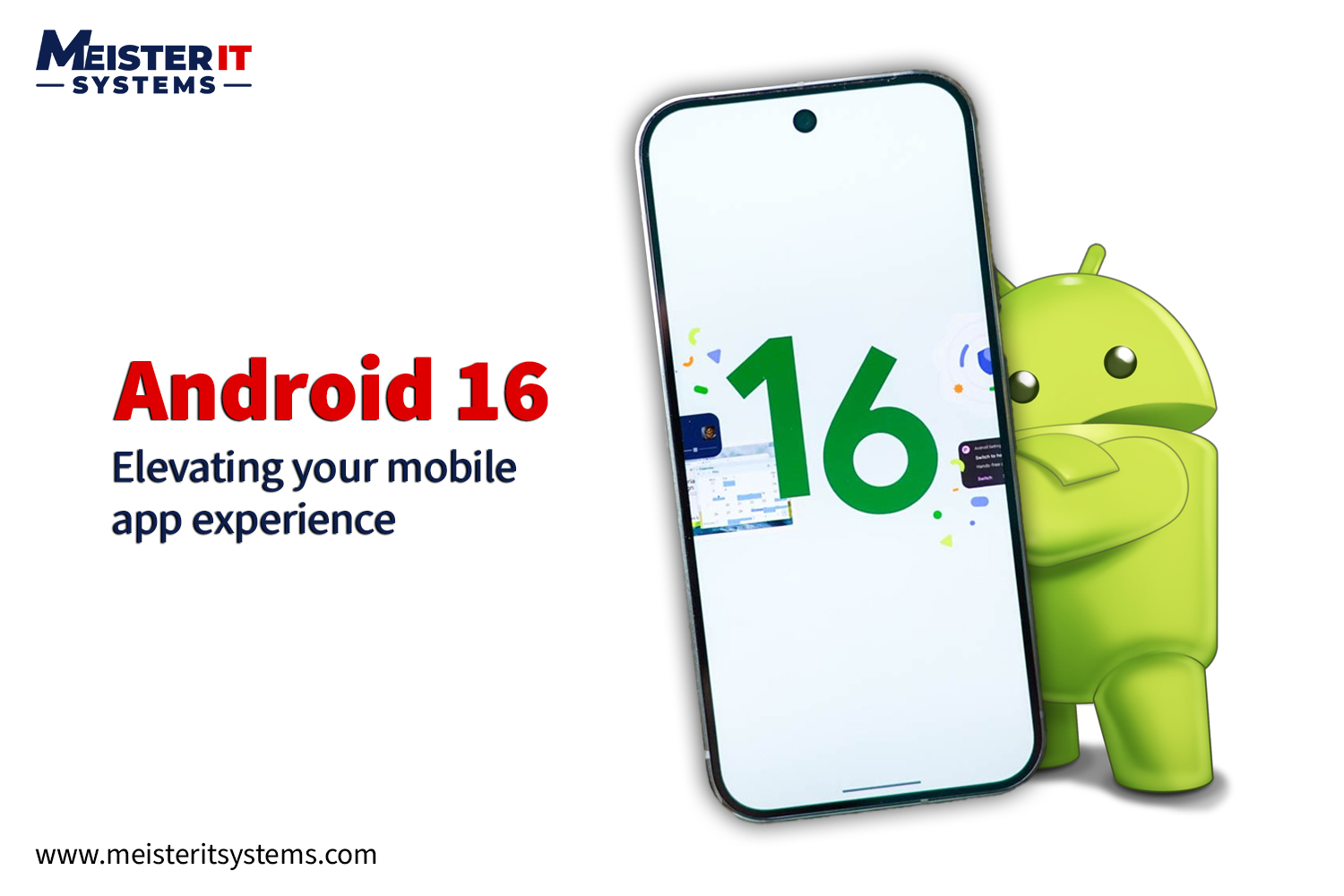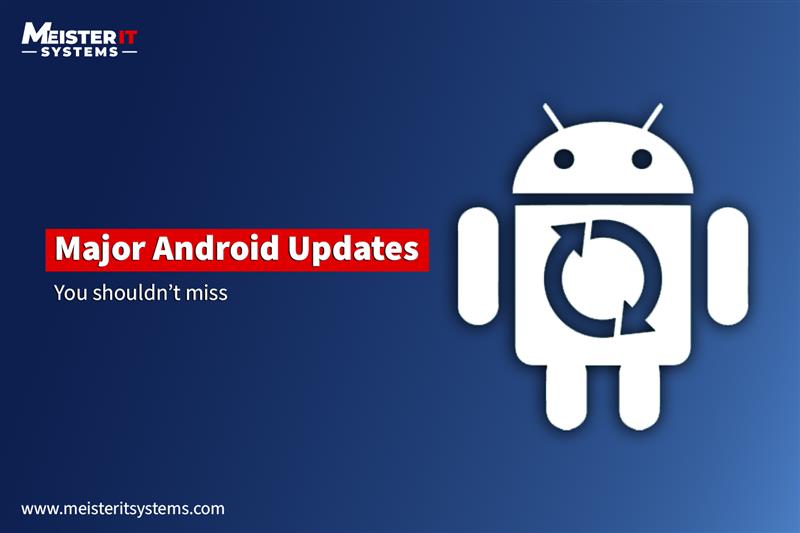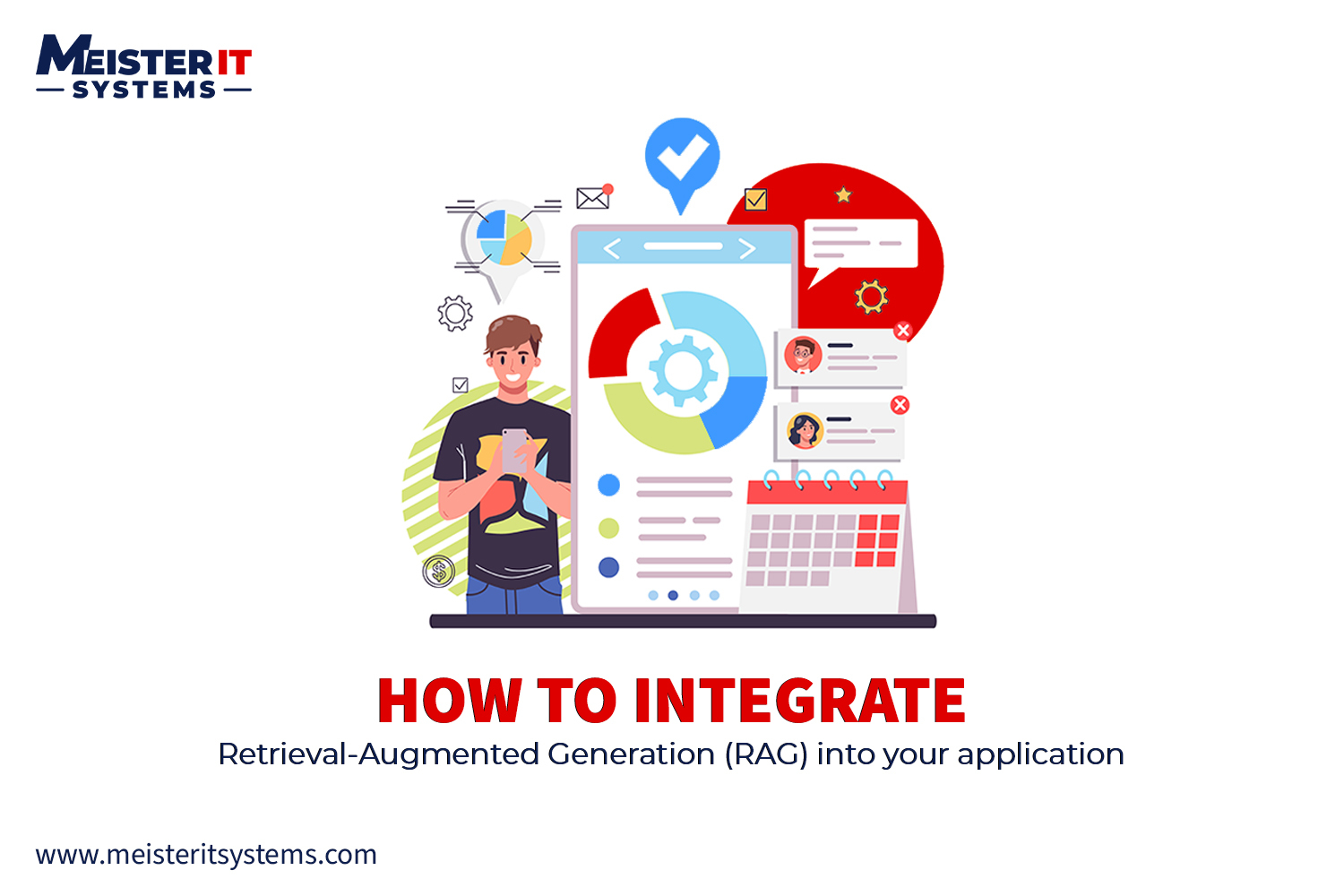
AI systems are evolving rapidly, yet many still struggle to deliver accurate, context-based responses. This is where Retrieval-Augmented Generation (RAG) comes in. It connects large language models with live data, so your AI can respond with real and verified information.
For developers, data engineers, and CTOs in the US and UK, integrating RAG is becoming essential to build reliable and intelligent AI solutions. It powers smarter chatbots, enterprise assistants, and AI-driven search systems. RAG improves accuracy, cuts hallucinations, and builds trust in your AI results.
At MeisterIT Systems, we help businesses build and integrate custom RAG solutions that connect data with intelligence. In this guide, we explain what RAG is, how it works, and how you can add it to your own application.
What Is Retrieval-Augmented Generation (RAG)?
Retrieval-Augmented Generation (RAG) is a framework that enhances large language models (LLMs) by connecting them to a retrieval system, usually a vector database, that provides external, domain-specific information.
When a user asks a question, the RAG pipeline works like this:
- The query is first converted into an embedding (a mathematical representation of meaning).
- This embedding is then used to retrieve relevant data from a knowledge base or document store.
- The retrieved content is combined with the original question and sent to the LLM, which generates a context-aware response.
Why RAG Matters for Modern Applications
RAG stands out in the modern AI landscape because it merges retrieval and generation, two complementary techniques that improve both accuracy and adaptability. For enterprise systems, that means:
- Better accuracy: AI responses are grounded in verified, up-to-date data.
- Reduced model size: No need to retrain massive models every time data changes.
- Domain adaptability: Easily plug in private datasets or internal documentation.
- Cost efficiency: Lower compute and retraining costs while improving user trust.
For CTOs and product teams, RAG represents a shift from static AI systems to dynamic, knowledge-aware architectures that evolve with your data.
Core Components of a RAG System
To build a RAG-powered application, you need four main components:
| Component | Purpose | Examples |
|---|---|---|
| Data Source | Stores the content your AI will reference for generating responses. Can include structured or unstructured data such as PDFs, databases, wikis, customer support logs, or internal documentation. | Company knowledge bases, CRM data, product manuals |
| Embedding Model | Converts text into numerical vectors so the system can understand meaning rather than just words. | OpenAI text embedding 3-large, Sentence Transformers |
| Vector Database | Stores and retrieves embeddings using similarity search to find the most relevant content. | Pinecone, Weaviate, FAISS, Milvus |
| Large Language Model (LLM) | Uses retrieved context to generate complete, accurate, and context-aware responses. | GPT-4, Claude, Llama 3 |
Step-by-Step: How to Integrate RAG in Your Application
Follow these key steps to add Retrieval-Augmented Generation (RAG) to your AI system.
Step 1: Pick Your Data
- Select the information your AI will use, such as product manuals, FAQs, chat logs, or other relevant documents.
- Align the data with your primary goal, such as customer support automation or enterprise search.
Step 2: Clean the Data
- Remove duplicates, formatting issues, and irrelevant text.
- Break large files into smaller chunks of about 500 to 1,000 words so they are easier to process and retrieve later.
Step 3: Create Embeddings
- Use an embedding model to convert text into numerical vectors that capture meaning and context.
- These vectors enable your AI to comprehend the content, rather than merely reading words.
Step 4: Store in a Vector Database
- Save all embeddings in a vector database such as Pinecone, Weaviate, FAISS, or Milvus.
- These databases perform fast similarity searches to find relevant information.
Step 5: Build the Retrieval Step
- When a user asks a question, convert it into an embedding.
- Compare it with stored vectors and fetch the most relevant results.
Step 6: Generate the Final Answer
- Send the retrieved data and the query to the Large Language Model (LLM) such as GPT-4 or Llama 3.
- The model then combines both inputs to generate a coherent and accurate answer grounded in real data.
Step 7: Test and Optimize
- Test the full system with real queries.
- Measure accuracy, speed, and relevance.
- Adjust retrieval rules, prompts, or thresholds to improve performance.
At MeisterIT Systems, we utilize frameworks such as LangChain and LlamaIndex to enhance RAG integration, making it faster, more reliable, and easier to scale across enterprise systems.
Real-World Applications of RAG
RAG is already transforming how industries use AI to access and apply knowledge in real time. Here are some examples:
1. Customer Support
RAG helps support systems respond with precise, verified answers from internal documentation.
- Example: Zendesk and Intercom use RAG-based chatbots to fetch accurate answers from company knowledge bases and resolve queries faster.
- Result: Reduced ticket volumes and more consistent customer experiences.
2. Healthcare
In healthcare, RAG helps clinicians find relevant medical information within large sets of patient records.
- Example: Mayo Clinic and DeepMind Health use RAG-style models to summarize patient records and support doctors with up-to-date clinical references.
- Result: Improved diagnostic accuracy and safer medical recommendations.
3. Finance
Financial institutions use RAG to analyze reports, policies, and market trends more efficiently.
- Example: BloombergGPT and Morgan Stanley’s AI assistant apply RAG to deliver real-time insights from financial reports and compliance documents.
- Result: Faster decision-making and reduced compliance risks.
4. eCommerce
Online retailers use RAG to personalize shopping experiences and connect user queries with product data.
- Example: Amazon and Shopify are experimenting with RAG-based recommendation systems that combine customer queries with product data and reviews.
- Result: Smarter product suggestions and more personalized shopping experiences.
5. Enterprise Knowledge Systems
Enterprises rely on RAG to unify scattered knowledge across departments and tools.
- Example: Microsoft Copilot and Notion AI use RAG to pull information from internal documents, emails, and reports.
- Result: Teams get instant, summarized context without manually searching files.
For tech leaders, RAG’s flexible architecture makes it suitable for everything from small AI features to enterprise-wide deployments.
Challenges in RAG Implementation
Even with its advantages, integrating RAG can bring a few technical and operational challenges. Here’s how to approach them:
Challenge 1: Keeping the knowledge base up to date
Solution: Automate data refreshes with APIs or background jobs that sync new information into your vector database at regular intervals.
Challenge 2: Managing model input limits
Solution: Use prompt optimization and context summarization techniques to fit only the most relevant retrieved data within token constraints.
Challenge 3: Slower response times with large datasets
Solution: Implement caching for frequent queries, use efficient indexing methods like HNSW, and fine-tune retrieval thresholds to reduce latency.
Challenge 4: Protecting sensitive enterprise data
Solution: Secure the pipeline with encryption, role-based access control, and anonymization. Keep internal data retrieval separate from external APIs to maintain compliance.
Overcoming these challenges helps your RAG system stay reliable, fast, and secure, setting the foundation for smarter and more context-aware AI applications.
Future of RAG and AI Systems
As AI matures, RAG will become a core building block for contextual intelligence in enterprise software. With progress in vector databases and multi-modal LLMs, the next wave of RAG systems will handle not just text, but also images, audio, and structured data.
At MeisterIT Systems, we’re already experimenting with multi-modal RAG workflows that integrate text, image, and structured datasets for next-generation enterprise AI.
For CTOs, this is the right moment to experiment with RAG prototypes before scaling them company-wide. The learning curve is well worth it.
Conclusion
Retrieval-Augmented Generation (RAG) bridges the gap between static models and live, data-driven intelligence. It empowers your AI applications to deliver accurate, contextually relevant, and verifiable responses.
If you’re looking to enhance enterprise search, customer support, or any data-intensive workflow, RAG integration can make your AI smarter and more reliable.
At MeisterIT Systems, we design and deploy tailored RAG architectures using LangChain, LlamaIndex, Pinecone, and Weaviate, enabling businesses to unlock true contextual intelligence.
Get in touch with our team to explore how RAG can power your enterprise AI.



